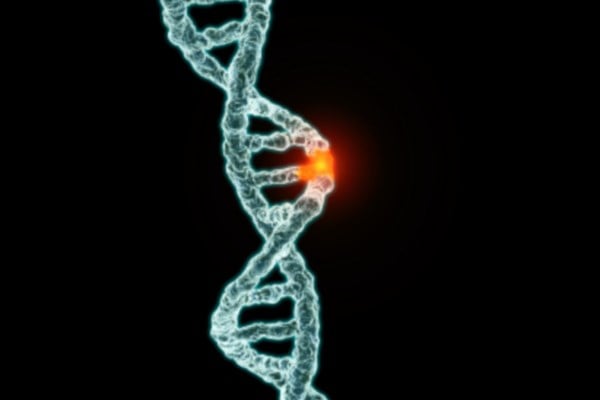
Approximately 7.9 million bone fractures occur every year in the United States, with an estimated cost of $70 billion, Of those, 10 to 20 percent fail to heal.
The problem is even more serious among children with brittle bone disease and elderly adults with osteoporosis, whose fragile bones frequently break and cannot be treated with bone graft surgical treatment.
The researchers conducted the study with mice that lack the ability to heal broken bones. They took adult stem cells from the bone marrow of the mice and engineered the cells to express IGF-I. Then, they transplanted the treated cells into mice with a fractured tibia.
Compared to control mice, the mice who received treated cells had better fracture healing and grew stronger bones.
Researchers say the study is a crucial step toward developing a stem cell-based treatment for patients with bone fractures.
The findings were presented Sunday at the annual meeting of The Endocrine Society in Boston.
